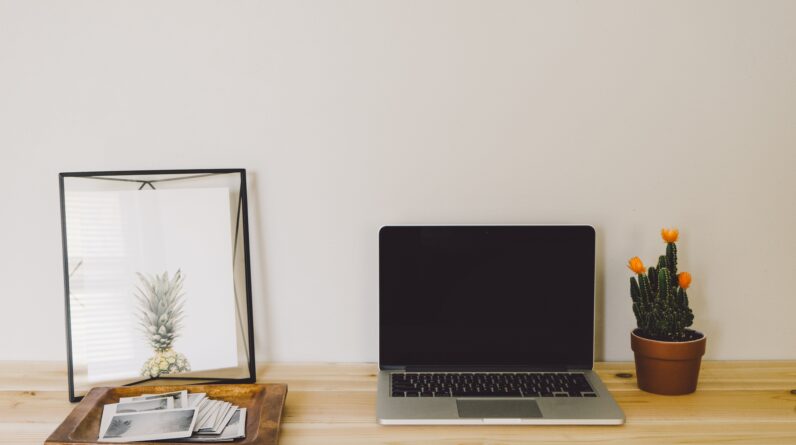
In the freelance world, there are ways of getting caught up doing work you don’t particularly enjoy. Those are called snags. Sometimes, they’re absolutely necessary in order to survive, pay the bills, and keep existing clients happy.
However, it can be demoralizing when it comes to approaching this type of work. That’s why it’s important to “Tee Up.”
“Teeing Up” is a system I use to ensure optimal work efficiency and flow. It helps me stay motivated, with boosted morale, through those tough, tedious projects.
Teeing up is as follows:
You pick the parts of the project that you DO enjoy, and you take breaks before tackling them.
This way, right before you get around to those juicy good parts (the parts that keep you loving the type of work you’re doing), you take a bit of “Me” time and relax – then come back and kick it into overdrive!
There are a few reasons why I have stuck to this method in my professional life. One is that it defines points at which I have earned a break.
When you work on your own, it can become blurry as to when you’re working and when you’re not. You need to draw definite distinctions between these two “modes” so that you can work more efficiently AND (just as importantly) REST efficiently.
A day with no breaks creates stress.
A week with no breaks creates burnouts.
Burnouts lead to health problems.
Just last week I had to go to the health clinic for a massage to tug the knots out of my neck (which had begun to spasm, rendering me essentially immobile).
I had to smarten up! Now I take breaks, stretch a little, and (at the advice of the RMT) consume lots of water and vitamins.
The second key reason for the “Tee Up” system is MOMENTUM.
Think about how motivated you will be to finish the boring part of your assignment if you know you have a sweet, juicy break waiting for you at the end of it.
Think of how pumped you will be to get back to work once you’ve had your break and know that a fun part of the job lies ahead. I even try to “Tee Up” work for the next day.
Most of the time, graphic and web design projects can span weeks, so I make sure that at the end of each day, I’ve left at a point in the work where I will be returning to something that I really want to do.
Never leave your work at a point in which you are dreading returning to it – stick it out, and leave yourself something good to come back to.
It’s like playing hockey – you want to leave the play when your team is on offense so that your sub can jump into the play on the attack.
It’s a bad move to hop off the ice during a breakaway.







